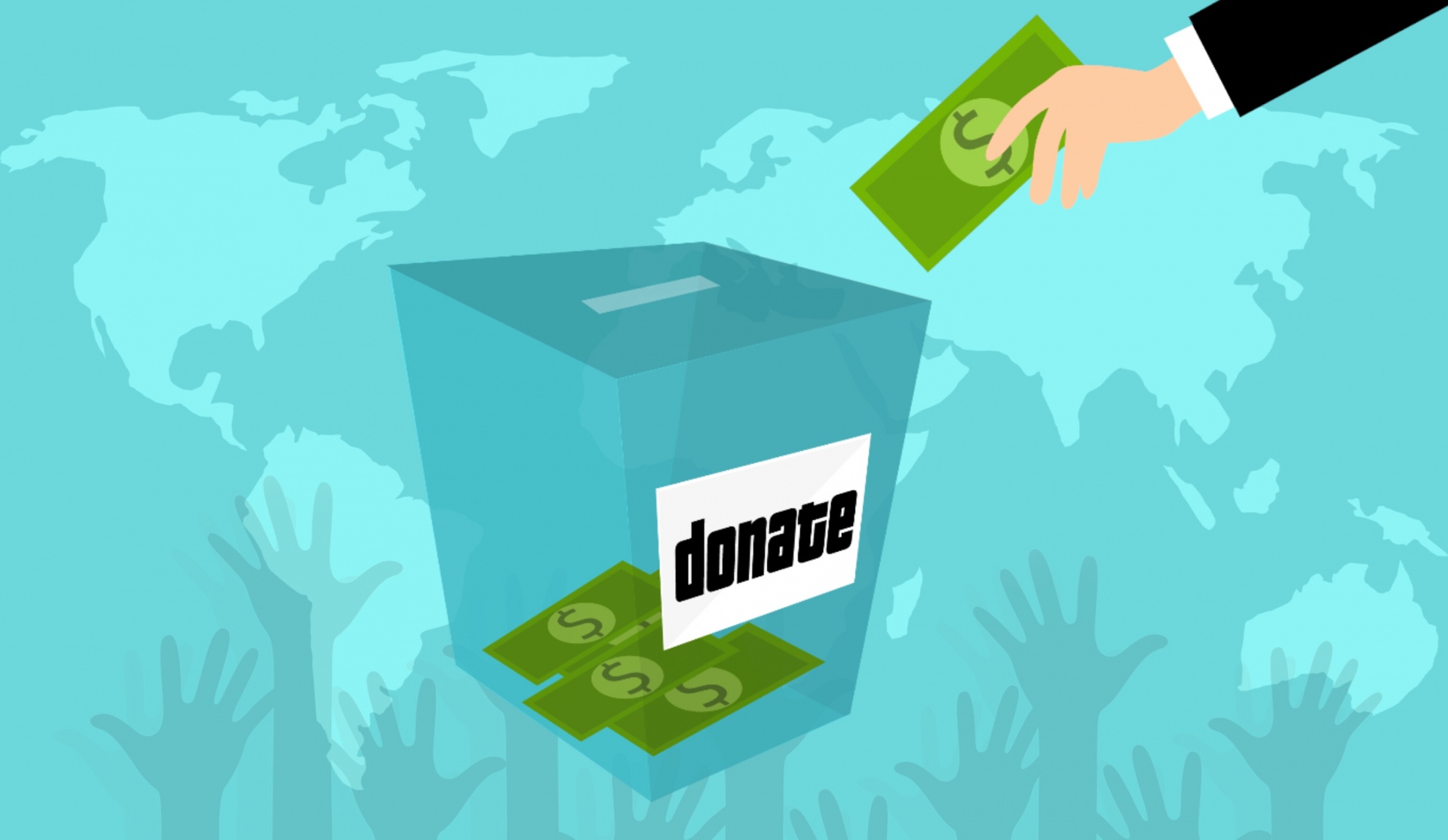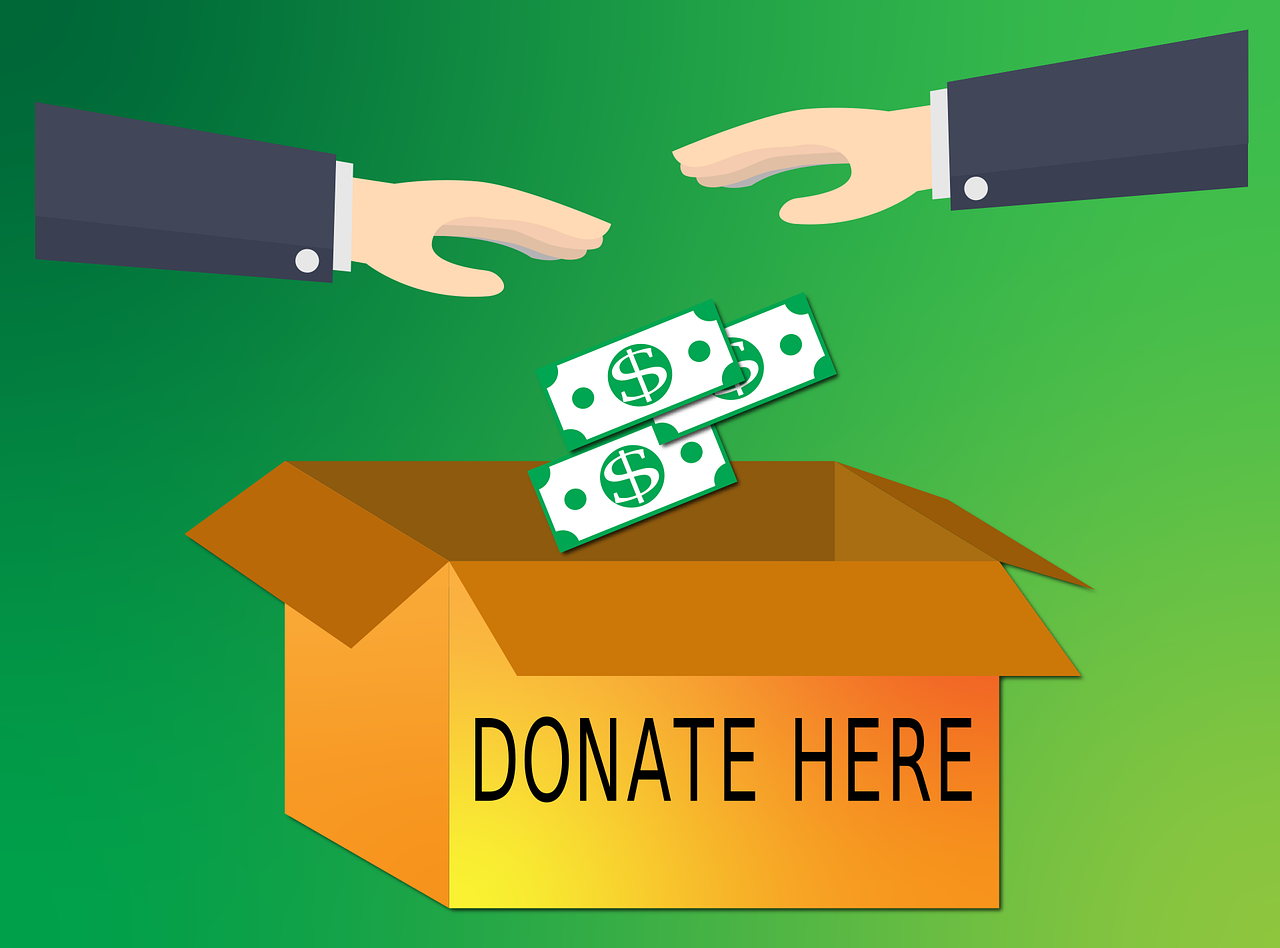Can Nonprofit Organizations Do a Better Job Of Targeting For New Donors?
Why Acquire New Donors for Your Nonprofit Organization?
They say it’s easier and less costly to keep and maintain existing clients than acquire new ones. The same can be applied to nonprofit donors. But don’t let that stop you from getting new donors to join and support your cause.
Existing donors once were prospects. You acquired them one way or another, formed and built a relationship with them, and nurtured that connection until you had earned their trust and confidence enough to manifest itself in the form of financial or in-kind support. And when that relationship reaches a lull or break concerning the flow of donations, it sure is nice to have new ones come in to fill the gap.
Even if you’re not looking to start a specific, measurable, attainable, relevant, and time-based marketing plan now or have a tried-and-tested formula for gaining new donors, it doesn’t hurt to revisit the process of new donor acquisition and find opportunities for improvement or refinement.
Copyright josephvm (Pixabay)
How To Acquire New Donors for Your Nonprofit Organization
If you happen to be looking up articles on Google about new donor acquisition, you might be so surprised at the amount and diversity of content available that you begin wondering where to even start. Don’t worry- we feel the same way you did when we Googled the same topic. We boiled down most of the tips you’ll find online on acquiring new donors to the following shortlist:
- Improve/Optimize Your Website – Most if not all of the time, your marketing is going to redirect prospective donors to your website, so it should be in the best state it could be with Call-To-Action (CTA) messaging and “Donate Now” buttons conspicuously and strategically placed. Your website should be user-friendly and accessible enough for prospects to explore and grow familiar with. Prime your website to convert visitors to email contacts by asking them to subscribe to newsletters or offering access to gated content.
- Write Blogs – After your mission and vision statements, your blog posts are your next best tools in elaborating the importance of your cause as well as relating and connecting with your audience. From sharing anecdotes and insights on what you do to homing in on the reasons why they should donate to expounding on the impact and influence of their actions, this is a space in your marketing that would serve you well when tapped into and maintained with regular posts.
- Social Media Content – Everyone and everybody you know is on social media these days, so you won’t want to miss out on the opportunity to get on the radar of potential donors or supporters on popular platforms like Facebook, Instagram, LinkedIn and X (formerly known as Twitter), then drive them to your social media page or website. You can even get creative in this space with surveys, online quizzes, and personality matches. Aside from reaching out to your target audience with customized messaging, social media networks open doors to connect with younger generations. They may not have the same wherewithal as their elders, but these young ones can be just as passionate about causes they believe in and support through likes, reacts, comments, shares, and follows, with the resulting engagement helping you widen your reach.
- Host In-Person or Virtual Events – Some potential donors or volunteers appreciate being able to put a face to an organization and no, this is not about just some headshot of a smiling representative. Instead, they’d like to have an actual person to interact and engage with, and this is an audience you can tap into with in-person or virtual events. Don’t limit yourself to just your events; attend public events that are not only high-profile or trending but also relevant to what your nonprofit represents.
- Paid Media Ads – For a low cost, you can build your email list based on a targeted audience from paid ads on Facebook and X/Twitter. You can also build one through Care2.com with paid sponsored petitions. LinkedIn and YouTube also offer paid ads targeting a specific demography. Investing in an engaging YouTube ad also helps build brand awareness.
- Word of Mouth/Referrals – Don’t forget to tap into your existing donors or supporters for ideal referrals or requests for funds from their circle of family, friends, and acquaintances on your behalf. Your current and active supporters are your best advocates and can contribute to your mission of acquiring new donors just as well as any of your other marketing campaigns — and usually at little to no cost! Be sure to also capture that passionate support in the form of a testimonial published on your website or shared on your social media and other marketing venues.
- E-newsletters – You can’t expect your potential donors to visit your website or social media pages regularly to find out about the latest news about your nonprofit organization, but you can keep them up to date by sending them your periodic e-newsletter. Your e-newsletter is a powerful tool in not only keeping your prospects updated but also in nurturing and guiding the relationship you’ve formed across the time it’ll take until they make their first donation.
Copyright Mohamed_hassan (Pixabay)
Advanced Recommendations for Acquiring New Donors for Your Nonprofit Organization
Of course, it’s no surprise anymore if other similar nonprofits are already doing the aforementioned things to recruit new donors. One strategy in play is to reach out to people who have donated to similar nonprofit organizations. As you can see, you would need to take things one step further to either stand out from the competition or identify the ideal prospect before they even donate.
One way to do this is by soliciting referrals from your current donors or supporters with the “Booster” persona. In a brand equity tracking study we completed for United Way of King County, we identified the “Booster” persona as the donor type with the most positive feelings toward the nonprofit organization. They are affluent, mostly in the 35-to-54-year-old age range with children in the household, and are more likely to be employed full-time than other donor types. They are also reasonably well-educated and optimistic, with greater faith or general trust in charitable organizations; they tend to donate to United Way more than the average. This “Booster” is simply the best candidate to put in a good word for your nonprofit and potentially convert prospects from within their circles to your new donors.
Another way is to identify the “Benefactor” persona from potential donors from your email list. We conducted a donor profile report for The St. Vincent de Paul Society, and we found that while all donor households are generally affluent, there’s some evidence that Financial Donors tend to be more often found in households that are more “traditional,” if you will, than In-kind Donors. This “Benefactor” persona is more often married and typically has a male-led household, in database terms. Their length of residence is generally greater than that of In-kind Donors and it’s easier for us to confirm the homeownership status of a Financial Donor household. We can look up “Benefactor” personas using email lists for Facebook and LinkedIn and cross-check their statuses between these two social media platforms.
Copyright Vector_indo (Pixabay)
Not-so-affluent target donor groups
While the examples above are from affluent groups, you can’t discount the untapped possibilities other audiences represent. In the same report for The St. Vincent de Paul Society, we grouped the younger generation, households with children, and the middle and the working class into the “Great Middle,” which is a section of the larger community that isn’t as involved in philanthropic pursuits. We have recommended engaging the “Great Middle” by developing an outreach program to tell them about the good work of the nonprofit and inviting them to participate. We suggested communicating via social networking, blogs, email campaigns, e-newsletters, podcasts/webcasts, online forums/chatrooms, and traditional media.
Younger generations
The ability and desire of younger generations to become your donors should not be discounted. Constant Contact divides the younger generations into two main groups: Generation Z (born between 1996 and 2010) and Millennials (born between 1977 and 1995). In addition to social media influence, the younger ones can prove to be a valuable resource for volunteer efforts and getting more people their age to contribute to your cause. They’re also quite willing to donate, with 59% of Gen Z and 84% of millennials donating to charity. The younger generations are just as important as any other group of advocates, so be sure not to overlook them by connecting and engaging long-term with them via email and social media along with casual, fun events.
Partnering with business
You might also consider partnering with businesses or corporations looking to demonstrate their corporate values. Seek out businesses with similar values to yours and explore how you can work together, whether it’s hosting events or fundraisers, volunteer opportunities, matching customer or employee donations, or even corporate grants. Such partnerships offer the business positive publicity and an improved culture of social responsibility while granting you exposure to new groups and resources that you wouldn’t otherwise have been able to find or access.
In the same vein, you might want to partner with similar nonprofit organizations. As we’ve mentioned earlier, one tactic being used is to reach out to people who have donated to similar nonprofits, so you might as well make it official with friendly organizations. You can host joint events, trade mailing or e-mail lists, or one can appeal to their donor base for the benefit of the other and vice versa. Who knows, but there might be some donors who are looking to donate to another similar nonprofit.
Copyright Liza Summer
Giving Tuesday
Don’t forget to take advantage of Giving Tuesday, which is the Tuesday after Thanksgiving. As this global event of giving grows more popular each year, you have one of the best opportunities to acquire new donors by promoting your organization’s cause and mission.
While there may be other times of the year when people are just as generous, these occasions may not be as strongly associated with donating as Giving Tuesday. Your organization can discover which of these other times are most advantageous to you by keeping track of peak donation periods throughout the year. Any data you’ve recorded and maintained from all the activities of your nonprofit organization help refine your new donor acquisition plans.
Those data can be converted into comprehensible and actionable insights by partnering with Cascade Strategies. Whether it’s audience segmentation studies, brand development studies, or even strategic consulting to find the best ways to focus on the needs and preferences of your best donors, Cascade Strategies can help you and your nonprofit organization craft the best plan to help you attract and retain new donors.

Tell us how we can help you
Cascade Strategies can serve your market research needs from the most straightforward to the most sophisticated project. Don’t hesitate to contact us to tell us about your next project, or your overall research needs in general. You can call (425) 677-7430 and ask for Jerry, Nestor, or Ernie. Or send us an email at info@cascadestrategies.com. We’ll get back to you quickly!
subscribe






